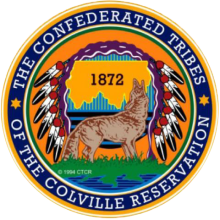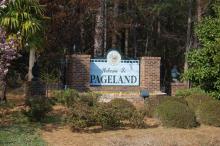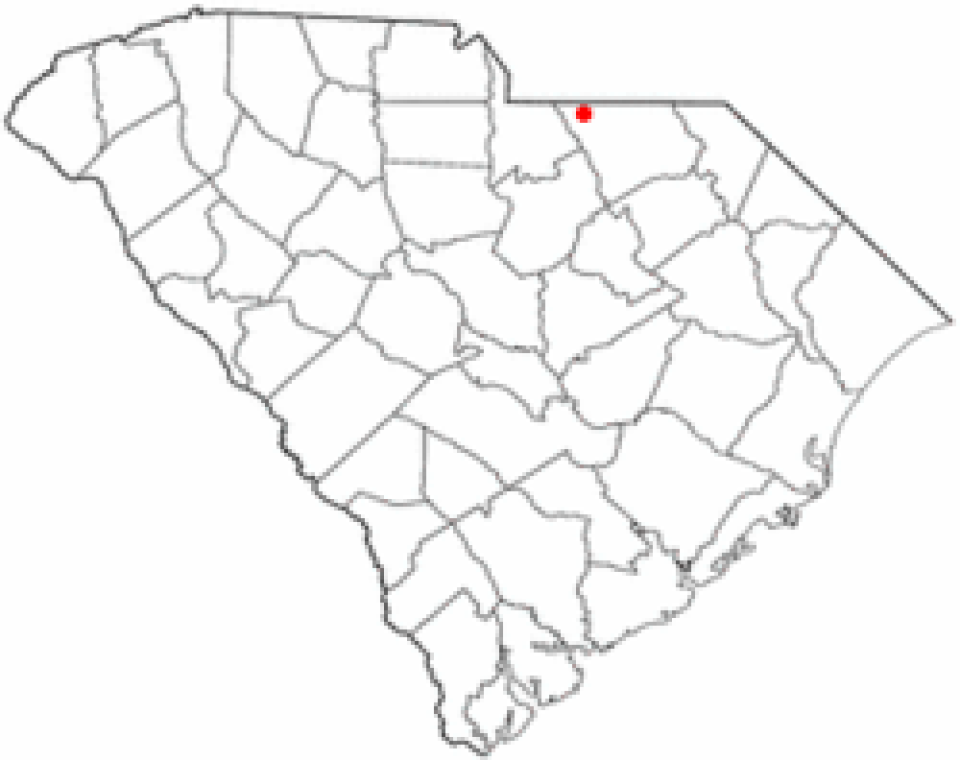Spurred by Covid-19, Colville Tribes Expand Free Wireless Service in Washington State
Last year, the Confederated Tribes of the Colville Reservation in Washington State were one of 327 Native Nations to receive wireless spectrum as part of the FCC’s Rural Tribal Window program. Since then, tribal leaders have put that spectrum to use by offering free wireless services that have proven to be a lifesaver during the Covid-19 crisis.
The Rural Tribal Window program offered tribal access to one 49.5 megahertz channel, one 50.5 megahertz channel, and one 17.5 megahertz channel in the 2.5 Ghz band. Tribal applicants could apply for one, two, or all three of the channels, depending on availability.
Building Community Capacity
The Colville tribes say the spectrum allowed them to bring connectivity to 80 percent of the reservation in two phases. The already-completed Phase One brought access to the communities near Keller, Washington, while Phase Two will bring access to the remaining communities by 2026.
“COVID was a shock to everyone, and it became obvious as time went on that there were a lot of kids who had no access to the Internet or devices to connect with,” Andrew Joseph Jr., Chairman of the Colville Tribal Council, told ILSR. “With school going to virtual learning, and the importance of the Internet generally in this day and age, it was necessary to ensure that something be done to make the Internet accessible.”
In addition to the wireless network plan, the tribes are also stringing fiber along Highway 155 between Nespelem and Omak, Washington. Cumulatively, the projects hope to finally bring access to long-neglected areas, many of which aren’t particularly remote yet have been historically neglected by regional monopolies.
“There are temporary networks in all four districts now,” Joseph said of the project’s progress. “There is not a hard count of all connections. The Tribes have grant applications pending to help fund the next step in the project plan, which includes the need to bring Internet access to more and remote areas, as well as laying down the building blocks for additional opportunities in the future.”
Searching for Permanent Solutions




